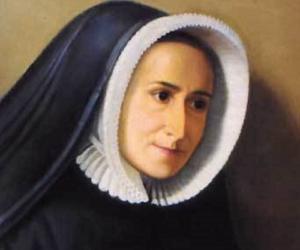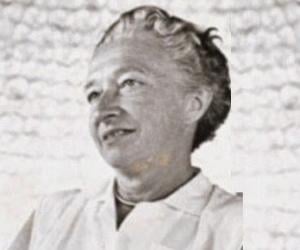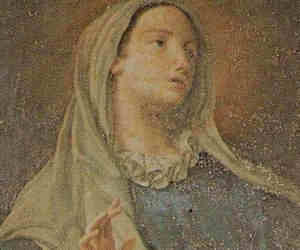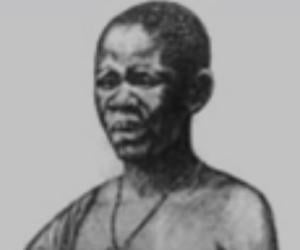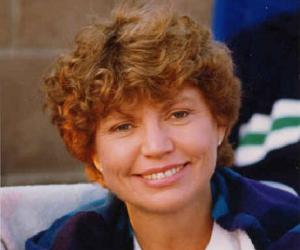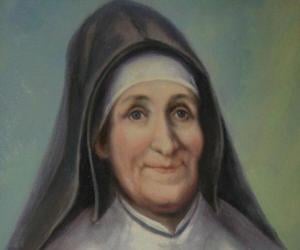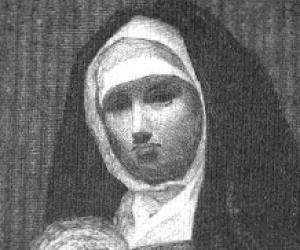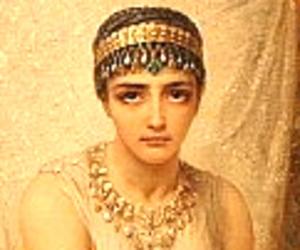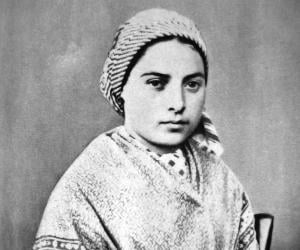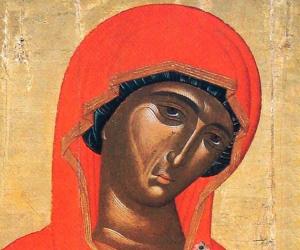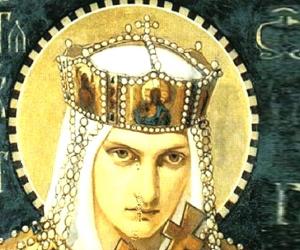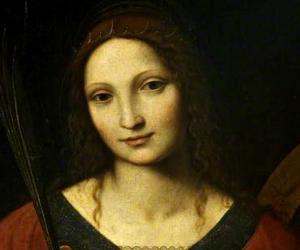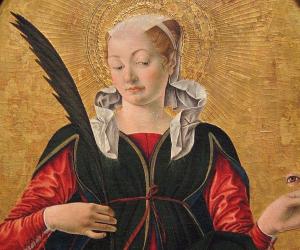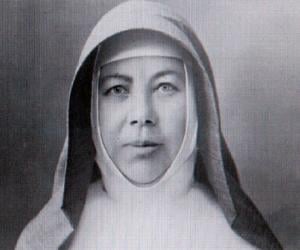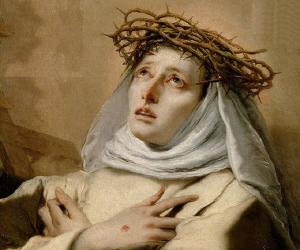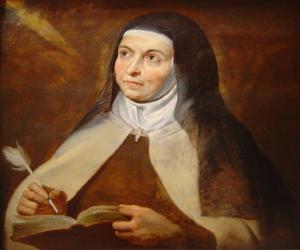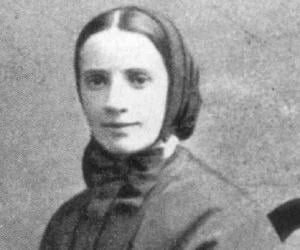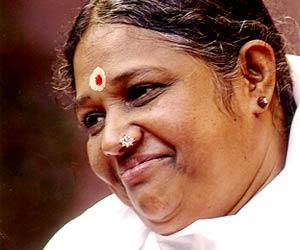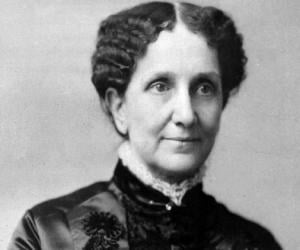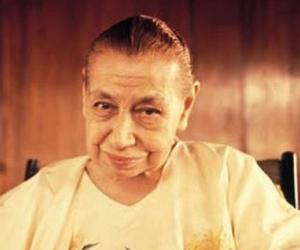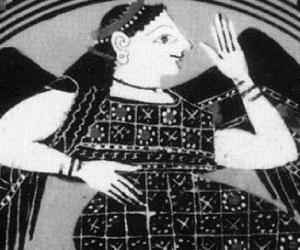
The daughter of Nyx and Hesiod, Eris is the Greek goddess of strife. Eris was the only one not invited to the marriage of Peleus and Thetis, and thus threw a golden apple, “for the most beautiful,” while Paris awarded it to Aphrodite, angering Athena and Hera. Eris thus initiated the Trojan War.
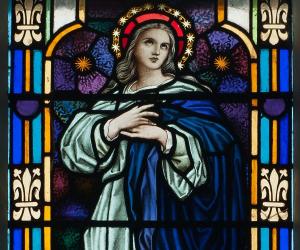
The mother of Jesus Christ and the wife of Joseph, Mary, also known as the Virgin Mary, finds mention in both the New Testament and the Quran. Though most Catholic scholars believe in traditional Marian dogmas, Protestants have often argued, questioning ideas such as the Assumption of Mary.
Catherine of Alexandria is a Christian saint who was martyred at the hands of the Roman Emperor Maxentius in the early 4th century. Catherine is generally credited with converting hundreds of people to Christianity. Over 1,100 years after her martyrdom, French warrior Joan of Arc claimed that Catherine was one of the saints to counsel her in her visions.
Saint Lucy was a Christian martyr who was killed during the Great Persecution. Lucy is venerated as a saint in the Anglican, Lutheran, Eastern Orthodox, and Roman Catholic churches. She is one of the women commemorated in the Canon of the Mass by Roman Catholics. Saint Lucy's Day, her traditional feast day, is observed on 13 December by Western Christians.
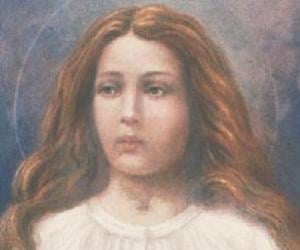
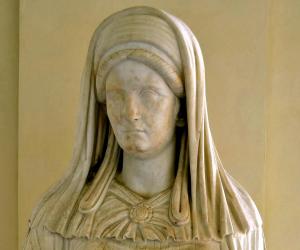
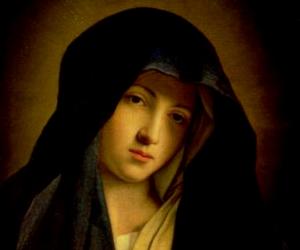
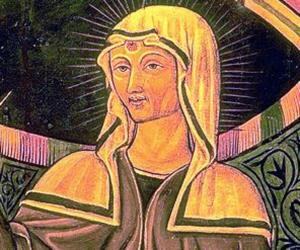

Mary MacKillop, the first Australian to be made a saint by the Catholic Church, was born to poor Scottish immigrants and had taken up the reins of her family at age 14. She got a pedophile priest dismissed and is thus revered as a patron saint of sexual abuse victims.
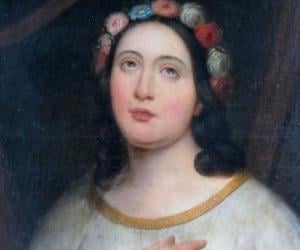
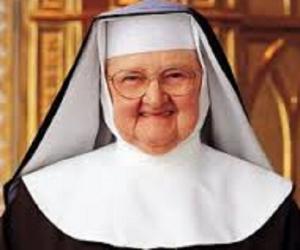
Born to Italian parents, amid poverty, in Ohio, Mother Angelica and her siblings were raised by her mother after her father abandoned them. Initially a factory worker, she later became a Poor Clare nun and also founded the Eternal Word Television Network, which streamed Catholic-oriented programs.
Catherine of Siena was a mystic, author, and activist. Thanks to her influence over Pope Gregory XI, Catherine is widely regarded as a prominent figure of medieval Catholicism. She also had a strong influence on the Catholic Church and Italian literature. Canonized in 1461, Catherine of Siena was declared the patron saint of Italy in 1939.
Teresa of Ávila, also known as Saint Teresa of Jesus, was a Spanish noblewoman who later turned into a Carmelite nun. She was posthumously named a Doctor of the Church. She co-established the Discalced Carmelite Order. Her written works include The Interior Castle and her own autobiography.
Frances Xavier Cabrini was an Italian-American nun who founded a Catholic religious institute called the Missionary Sisters of the Sacred Heart of Jesus. The institute played a major role in supporting Italian immigrants to the US. In 1946, Frances Xavier Cabrini became the first American citizen to be canonized by the Roman Catholic Church.
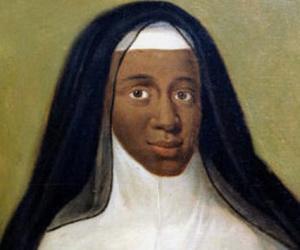
Louise Marie Therese was a French nun who lived in the late 17th and early 18th centuries. She has been mentioned in many different sources, some dubiously claiming that she was the daughter of the Queen of France, Maria Theresa of Spain. She was a black woman and a Benedictine nun in the abbey of Moret-sur-Loing.
Born to Congregationalist parents, Mary Baker Eddy had a difficult life, from losing her brother at 20, being widowed at 22, and then surviving a divorce. Remembered as the pioneer of Christian Science, she propagated faith healing and believed the cause of all illnesses lie in the human mind.

Zinovia Dushkova is a Russian poet, historian, philosopher, and author. A prominent writer, Dushkova's works have been translated into seven languages. In 2015, she was honored with the 20 Years of Gagauzia Medal. In 2017, Zinovia Dushkova’s book, The Call of the Heart, was honored at the Nautilus Book Awards with a silver medal in the United States of America.
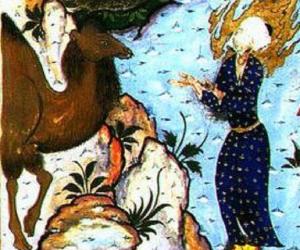
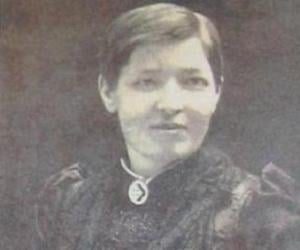
Born into a Scottish working-class family, Mary Slessor had grown up in the slums of Dundee and had initially been a mill worker. She later went to Nigeria as a Presbyterian missionary. She fought against the Nigerian custom of killing twins and later became the first female British Magistrate.
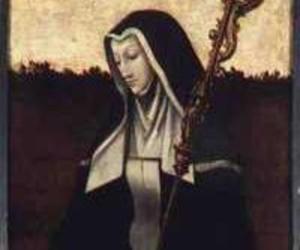
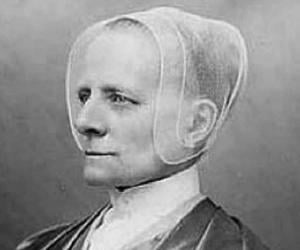
Ann Lee is remembered as the founder of the Society of Believers in Christ's Second Appearing, also known as the Shakers, for their ritual of shaking during worshipping. Born to a blacksmith in England, she initially worked at a textile mill and later ushered her movement into the U.S.
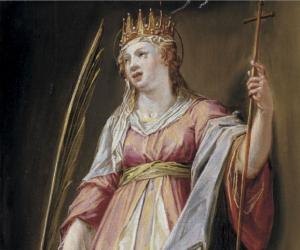
Mirra Alfassa was a French occultist and spiritual teacher. Alfassa, who worked closely with the Indian philosopher and yogi Sri Aurobindo, is credited with founding the Sri Aurobindo Ashram in Pondicherry, India. She is also credited with establishing Auroville, an experimental township in India. She serves as an inspiration to people seeking knowledge about Integral Yoga.
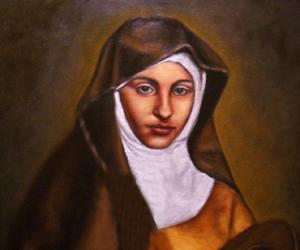
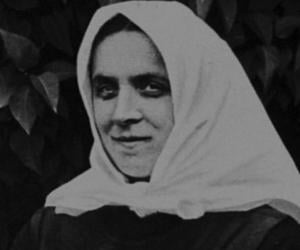
Therese Neumann was 20 when she had her first major hysterical episode, after suffering a shock following a fire outbreak. She later often experienced incidents of stigmata, in which her eyes began to bleed and wounds began appearing on her body, mimicking the injuries of Christ.
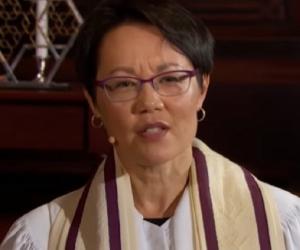
Apart from achieving the feat of being the first Asian-American to become a rabbi and a cantor, Angela Warnick Buchdahl has also amazed everyone with her musical skills. A Yale alumna, she was featured in the documentary 18 Voices Sing Kol Nidre, which explored the musical history of Jewish synagogues.
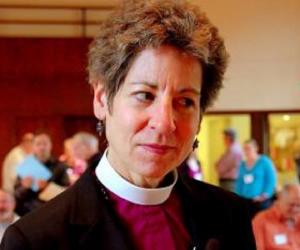
Katharine Jefferts Schori made headlines when she became the first woman to be the presiding bishop of the Episcopal Church. Initially a Catholic, she joined the Episcopal Church at 8. A Stanford alumna, she also boasts of a PhD in oceanography and has worked with the National Marine Fisheries Service.
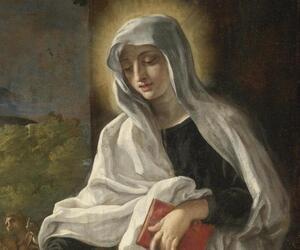
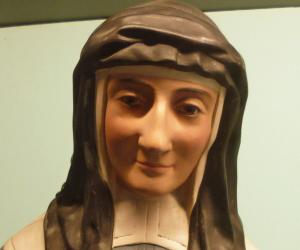
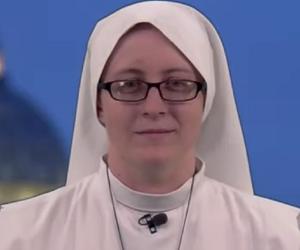
Irish Catholic nun Clare Crockett initially aspired to be an actor and even appeared in the TV drama Sunday. She later ditched her reckless lifestyle and became Sister Clare Maria after a spiritual experience in Spain. She died in the 2016 Ecuador earthquake. The film All or Nothing speaks about her journey.
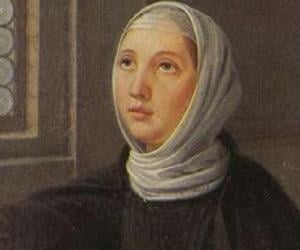
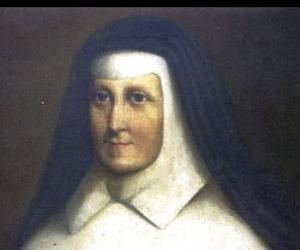
Catholic nun Catherine McAuley is best remembered as the founder of the Religious Sisters of Mercy. Orphaned as a child, she was raised by Protestant foster parents and later built The House of Mercy, catering to orphans and homeless women, with her inheritance. Her congregation focuses on education of the poor.
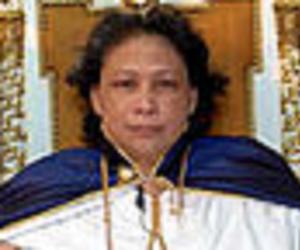
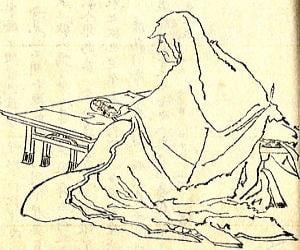
Known as the “nun shogun,” Hōjō Masako was the wife of the first shogun of Japan, Minamoto Yoritomo. The two had fallen in love when Yoritomo was exiled, and she was largely responsible for his military success later. Following Yoritomo’s death, Masako became a nun.
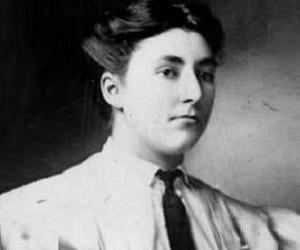
Born to a blacksmith in Illinois, Minnie Vautrin was determined to explore the world, in spite of her parents’ inability to afford her education. She thus joined the Foreign Christian Missionary Society’s mission to China. She is remembered for saving thousands of Chinese women during the Nanking Massacre.
